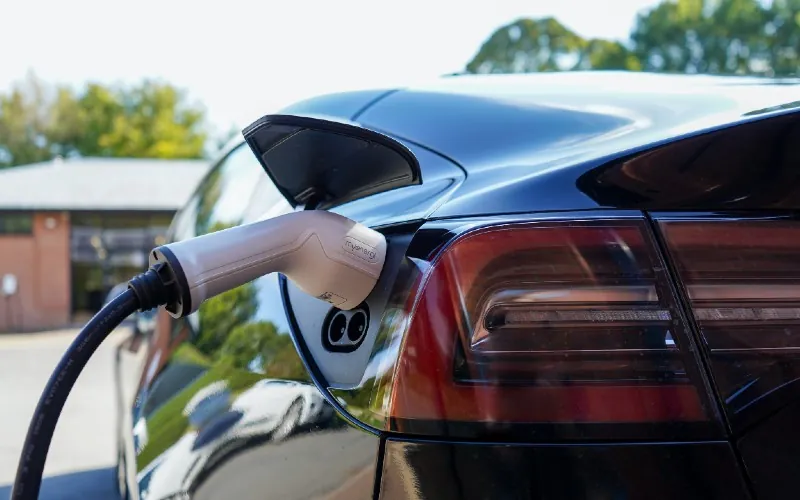In today’s rapidly evolving landscape, the shift towards sustainable practices has become a pivotal point for businesses worldwide. The surge in electric vehicle (EV) adoption stands as a testament to this transformation. Alongside this surge, the integration of electric vehicle charging station maps has emerged as a game-changer, not just for the EV industry but also for businesses across diverse sectors.
The fusion of these maps into business strategies extends far beyond mere environmental consciousness; it offers a plethora of benefits that enhance customer engagement, operational efficiency and brand reputation.
Facilitating Customer Convenience and Engagement
One of the foremost advantages of incorporating EV charging station maps, such as the GRID App, into business operations is the facilitation of customer convenience. As EV ownership continues to soar, providing access to charging stations becomes a crucial service. For businesses in the retail, hospitality and service sectors, installing EV charging stations and showcasing their locations through maps amplifies customer engagement. Customers are more likely to visit establishments that offer such amenities, leading to increased foot traffic and potentially higher sales.
Moreover, these maps serve as an avenue for businesses to align themselves with the eco-conscious preferences of consumers. By demonstrating a commitment to sustainability, companies can attract environmentally aware customers, thus fostering brand loyalty and positive associations.
Enhancing Operational Efficiency
Beyond customer-facing benefits, EV charging station maps streamline internal operations for businesses with vehicle fleets. Companies managing a fleet of electric vehicles, such as delivery services or taxi firms, greatly benefit from access to these maps. Efficient route planning incorporating charging station locations ensures uninterrupted operations by minimising downtime caused by vehicles needing a charge. This optimisation of logistics not only saves time but also reduces operational costs in the long run.
Additionally, these maps assist in analysing charging patterns and demands, allowing businesses to strategically plan investments in charging infrastructure. By identifying high-traffic areas and optimising charging station placements, companies can maximise the utility of their EV fleets.
Boosting Brand Image and Differentiation
Integrating EV charging station maps aligns businesses with the global movement towards sustainability, thereby enhancing their brand image. Companies perceived as environmentally responsible tend to attract a more conscious customer base. This association contributes to brand differentiation in a competitive market, giving businesses an edge over counterparts without sustainable practices.
Using Data for Strategic Insights
The incorporation of EV charging station maps doesn’t just offer tangible benefits but also provides invaluable data for businesses. These maps generate insights into consumer behaviour, such as popular charging times and preferred locations, enabling businesses to tailor their marketing strategies accordingly. Understanding customer habits allows for targeted promotional campaigns, offering discounts or incentives during specific times or at particular locations, driving traffic and enhancing customer satisfaction.
Conclusion
The integration of electric vehicle charging station maps into business strategies represents a paradigm shift, extending beyond environmental considerations to encompass a spectrum of advantages. From enhancing customer engagement and operational efficiency to bolstering brand image and harnessing invaluable data insights, these maps serve as catalysts for business growth in an increasingly sustainable world.


